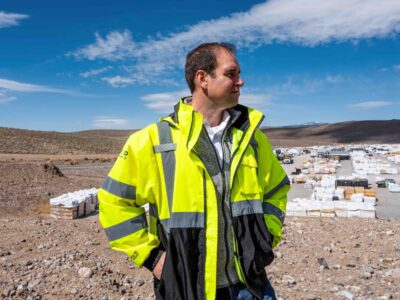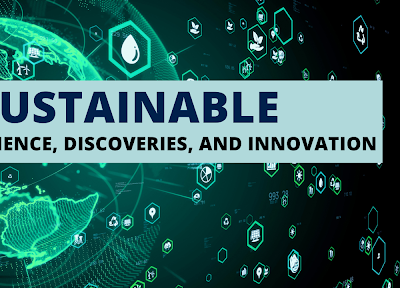(Bloomberg) —
A startup attempting to reverse climate change by scattering crushed rocks on farmland has successfully removed its first tons of carbon dioxide from the atmosphere.
Eion has been deploying its technique commercially for eight months on farms in Mississippi and Illinois. The company says those tests have allowed it to remove approximately 50 tons of CO2, the first deliveries of a 500-ton purchase by Stripe Climate. In doing so, Eion has validated its approach to carbon removal, though it remains far from proving it’s a viable pathway for removing some of the billions of tons of CO2 that scientists estimate will need to be removed from the atmosphere annually by midcentury to stave off the worst effects of global warming.
The backbone of Eion’s carbon removal technology — dubbed enhanced rock weathering (ERW) — is the mineral olivine, which is quarried, ground up and scattered across farmland. As that mineral dissolves, a series of chemical reactions occurs that captures CO2 as it moves through the soil. That CO2 eventually makes its way through waterways to the ocean, where it is permanently locked up.
Stripe has repurchased an additional $1 million of carbon removal services from the company.
Eion is focused on refining its monitoring, reporting and verification techniques (MRV), according to chief technology officer and co-founder Elliot Chang. MRV is essential to ensuring that companies promising to remove CO2 from the atmosphere are actually delivering.
“How do you measure something that was captured and then flushed away? That’s the open system challenge,” Chang said.
He developed a way to measure the soil after olivine application, looking for trace elements in the soil samples that indicate the mineral has dissolved. Based on those measurements, Eion can model how much CO2 has been captured. The company then calculates the total of CO2 removed after accounting for the emissions generated through the process of mining, grinding, transporting and applying the olivine.
For ERW to gain widespread use as a form of carbon removal, the agriculture industry will need to get onboard. Eion and other ERW startups pitch it to farmers as a substitute for agricultural lime, which is used to stabilize soil acidity. Chang said Eion’s olivine is cheaper than traditional agricultural lime in part because the company is able to sell carbon credits, offsetting some of the costs. It says the olivine can be used as a 1-to-1 replacement. Currently, the startup has a handful of partnerships with farming co-ops in the southern and midwestern US.
It also has a contract with mining partner and investor Sibelco, which guarantees the startup access to a minimum of 500,000 tons of olivine per year. It takes approximately one ton of olivine to remove nearly one ton of CO2 per Eion’s methodology.
Sibelco’s Chief Strategy and Business Development Officer Ian Sedgman estimates that the total market for olivine is upwards of 50 million tons annually. That would require farms across North America, South America and Europe to make the switch from agricultural lime. (Olivine isn’t necessary on all farms, because it’s mainly used to address acidic soils, which not all regions have. )
“If we put a very ambitious but achievable target on Eion, if they scale to between 5 and 10 million tons a year, that would already be the largest negative emissions company on the planet by a huge scale,” Sedgman said.
To contact the author of this story:
Michelle Ma in Los Angeles at mma304@bloomberg.net
© 2024 Bloomberg L.P.





